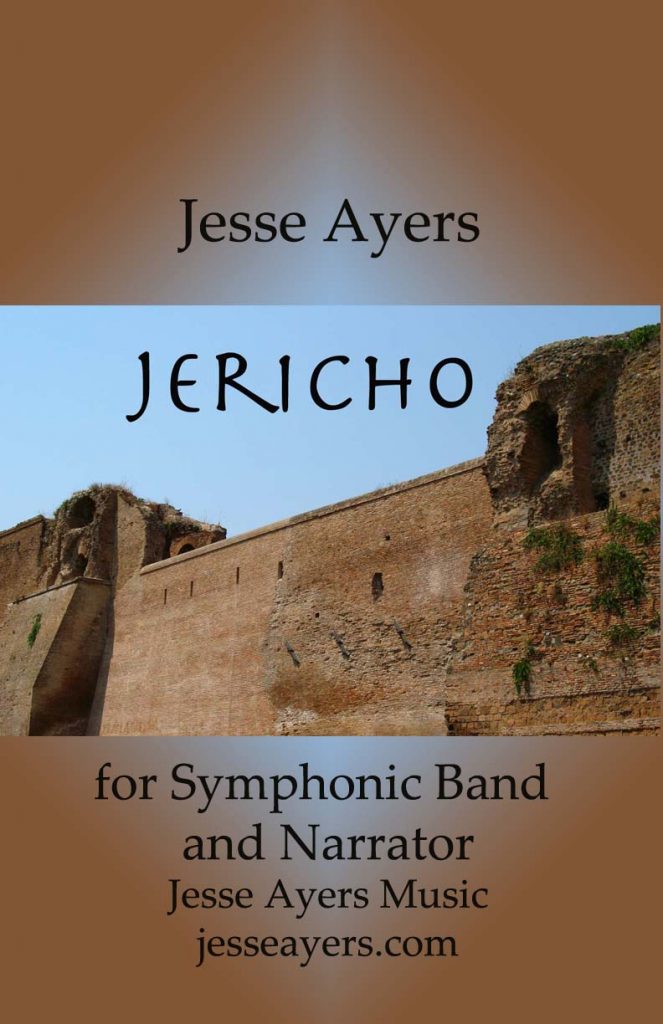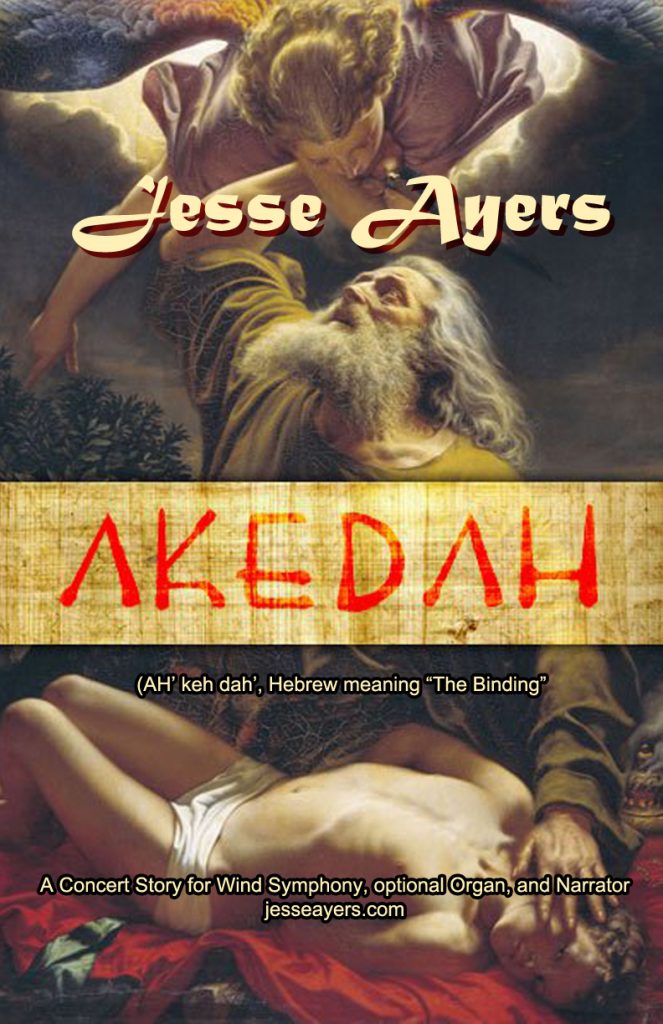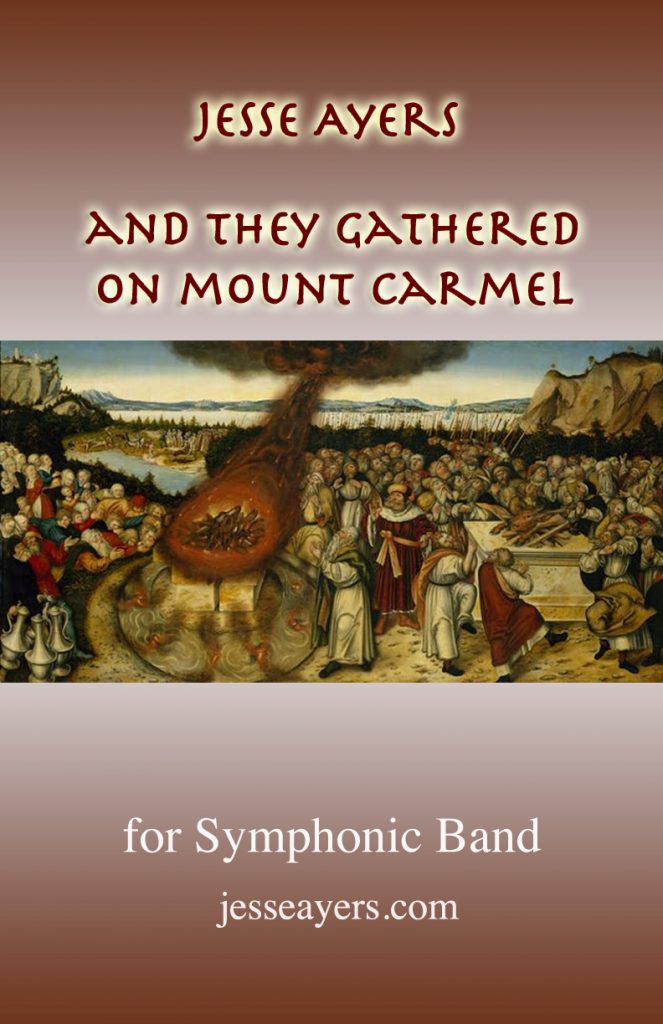
A surround-sound concert “radio drama”
Based on the extraordinary life of Rahab of Jericho (Joshua 2 & 6)
Mezzo-soprano and wind symphony with audience participation
36 minutes. Grade 5
FINALIST, 2014 American Prize for Composition
SCROLL DOWN FOR RECORDINGS AND PROGRAM NOTES
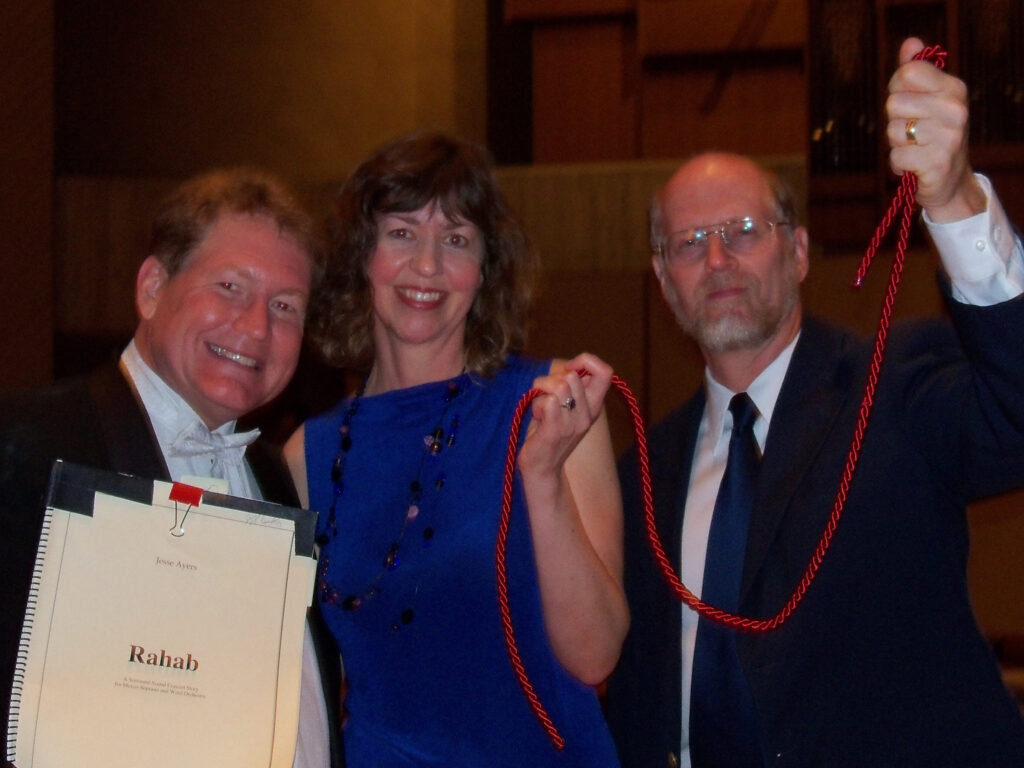
MOVING, INTENSE, EXCITING
“Rahab” is one of the most moving, intense, and exciting compositions I have ever had the priviledge of conducting. The story, music, surround-sound acoustics, and audience participation are compelling. I can’t wait to perform it again.
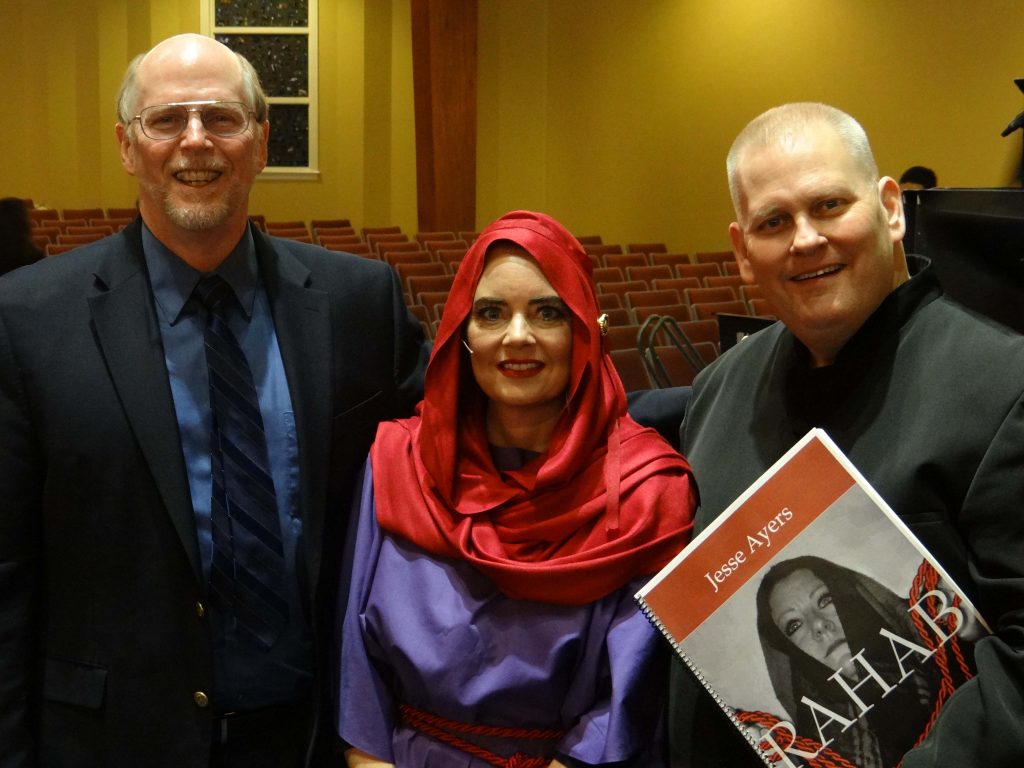
MOUNTAIN TOP EXPERIENCE
A mountain top experience for all involved. One of my very favorite ETBU memories.
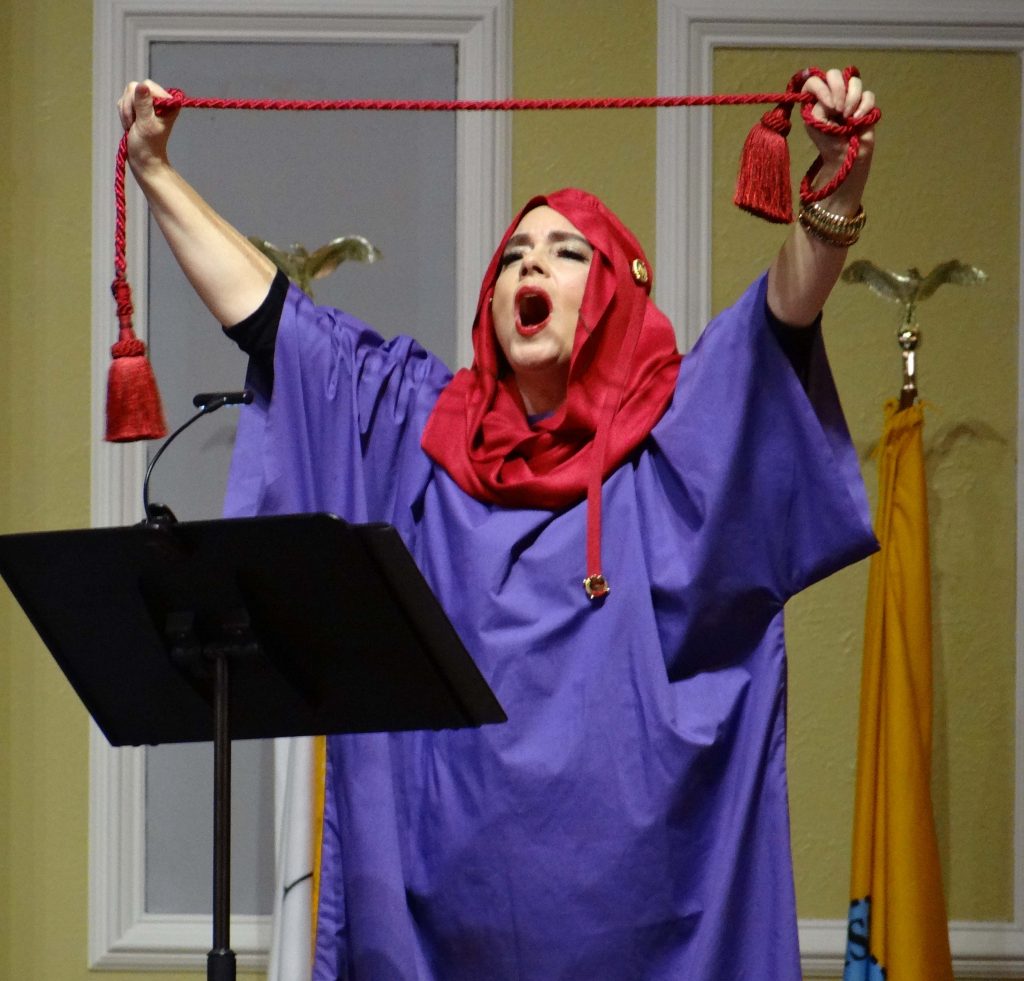
RIVETING
“Rahab” was a riveting experience. It will go down as one my most meaningful artistic endeavors!
Special instrumentation notes:
• 2 piccolos (divisi)
• Prominent duo passages for oboe and english horn
• 2 trps & 3 horns leave stage for surround-sound passage
• Prominent exposed parts for harp (or elec. keyboard substitute)
• 4-6 bass drums or floor toms around audience for surround-sound passage
Excerpt, Cynthia Wohlschlager
Complete work, Beth Ray Westlund & Windiana
Performances
- 2018, East Texas Baptist University Symphonic Band; Dr. Mark Crim, conducting; Dr. Laurie Lee Cosby as Rahab
- 2015, Valparaiso University Chamber Concert Band; Jeffrey Scott Doebler, conducting; Dr. Maura Janton Cock as Rahab.
- 2015, Valparaiso University Chamber Concert Band; Jeffrey Scott Doebler, conducting; Dr. Cynthia Wohlschlager as Rahab. National composers conference
- 2011, The Windiana Concert Band; Jeffrey Scott Doebler, conducting; Dr. Beth Ray Westlund as Rahab. Ayers Biblical Epics Trilogy Concert.
- 2011, The Luther Summer Music Honors Band; Jeffrey Scott Doebler, conducting; Dr. Beth Ray Westlund as Rahab. PREMIERE
Artists who have sung the role of Rahab


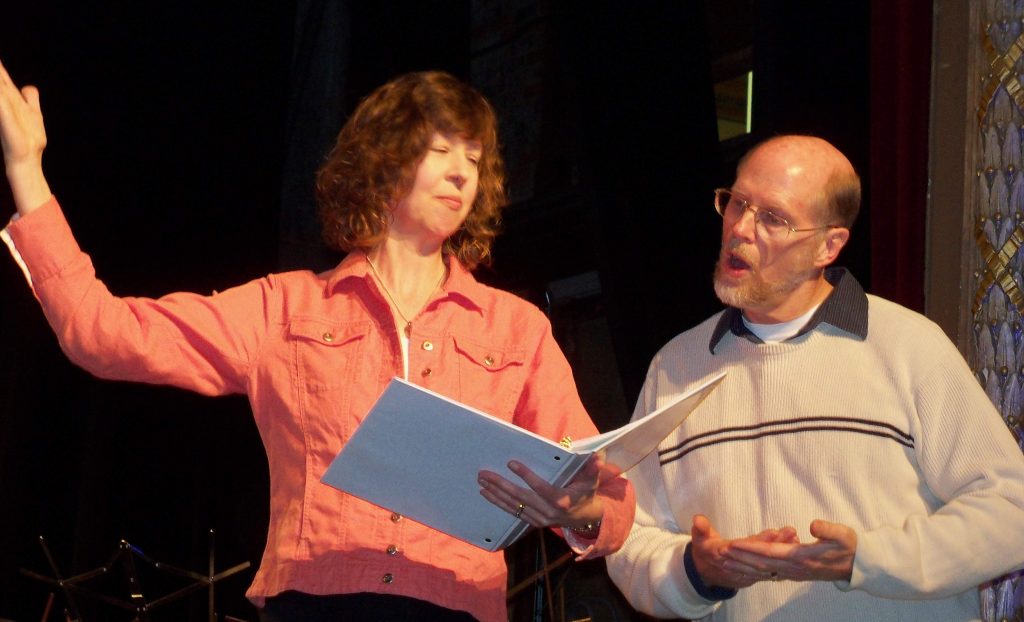
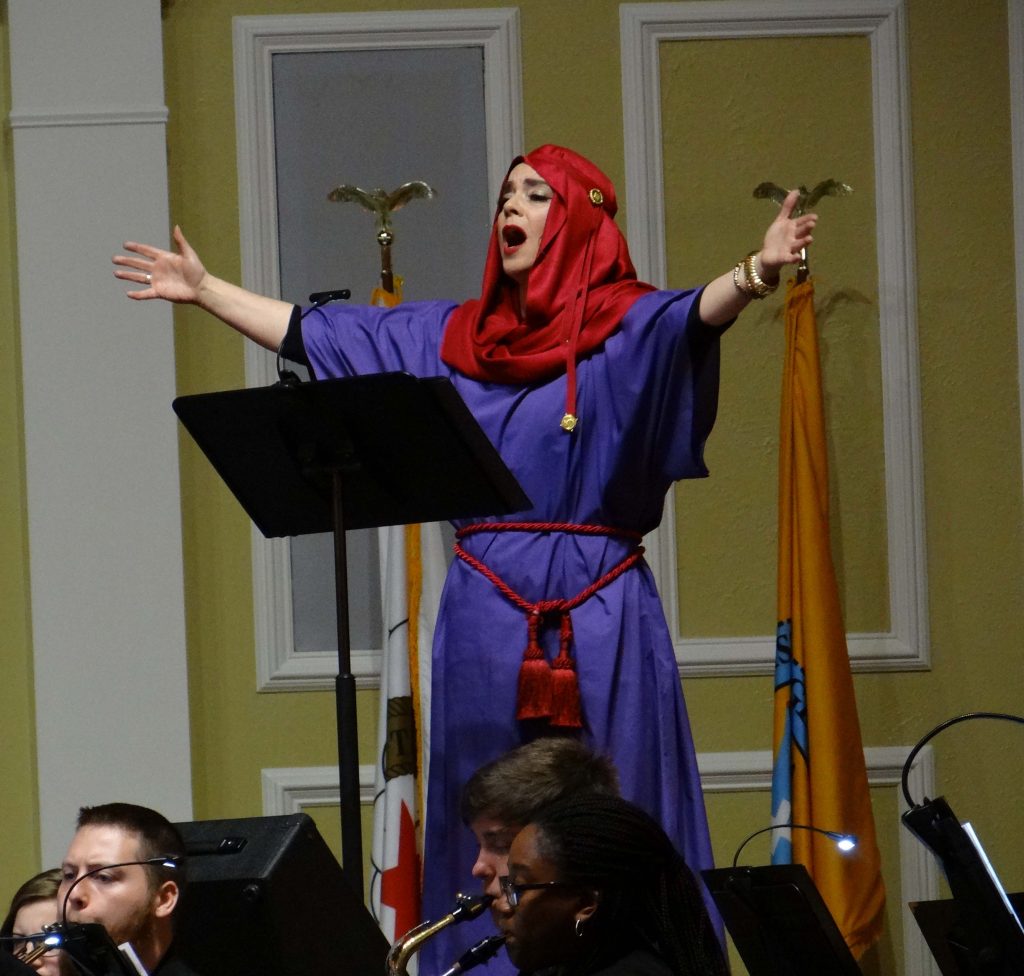
Program Notes
The story of Rahab of Jericho is found in the Old Testament in Joshua 2: 1-21 and Joshua 6: 25. On the eve of the destruction of Jericho, Rahab, a harlot whose house is on the great, impregnable city wall, providentially encounters two Israelite spies sent by Joshua to spy out the land. She hides them from her King’s soldiers, saving their lives, and in exchange, she is spared when the city is destroyed. Rahab is an important Old Testament figure because her story, fascinating as it is, does not end with her exodus from the doomed city. Her name surfaces not once, but three times in the New Testament. (Matthew 1: 5; Hebrews 11: 31; and James 2: 25.)
Rahab was begun September 2010 during an artist residency at the MacDowell Colony in New Hampshire, continued at a lakeside cottage in rural Maine belonging to the composer’s colleague and friend, visual artist Barb Drennan, and completed in December 2010 at the composer’s home in Canton, Ohio.
The composer is most appreciative of the generous support for this project by Malone University, the MacDowell Colony, and Barb Drennan. He also wishes to thank playwright Justin Sherrin, wordsmith Alexandra Gomez-Robbins , and fellow composer William Vollinger for their valuable suggestions about the libretto.


